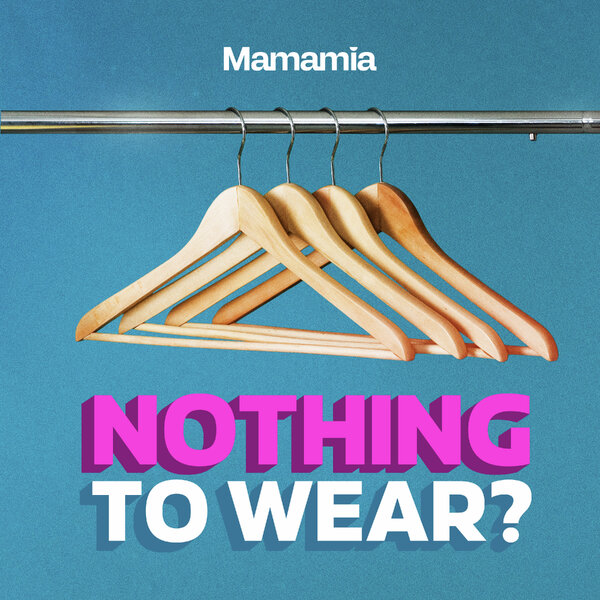I am a very bad 1950s housewife. You can tell because, at 8:55 p.m., on the coldest night of Autumn so far, I am frantically running through the streets of my neighborhood in a cocktail dress, a winter coat and rain boots, trying to get to a grocery store that closes at 9 because I need to buy all of the ingredients to make a pumpkin pie right now.
I am running because I thought the store closed at 10… and also because I had spent the past hour-and-a-half on Twitter, eating Tostitos and Google image-searching “Michael Stipe hats” and had lost track of the time. Told you I was a bad ’50s housewife.
Whenever I’d imagined myself in the ’50s, it was always as more of a Holly Golightly type — free-wheeling, mysterious, possibly a prostitute — than a Donna Reed type. So, when my editor approached me to try out a ’50s lifestyle for a week, I was incredulous. I’m 32, unmarried, childless, living in sin with my boyfriend and am obsessed with my career, fart jokes and podcasts about murder. I’m also a bad cook, mouthy and disorganised. In the actual ’50s, I probably would have been burned at the stake, or at the very least, prescribed some very fun pills.
But my editor wasn’t offering me any fun pills (as usual). So what the hell could someone like me get from living like a ’50s housewife for a week? In the interest of history/sociology/a good joke, I dug into some advice texts from the ’50s and decided to find out.





























































































